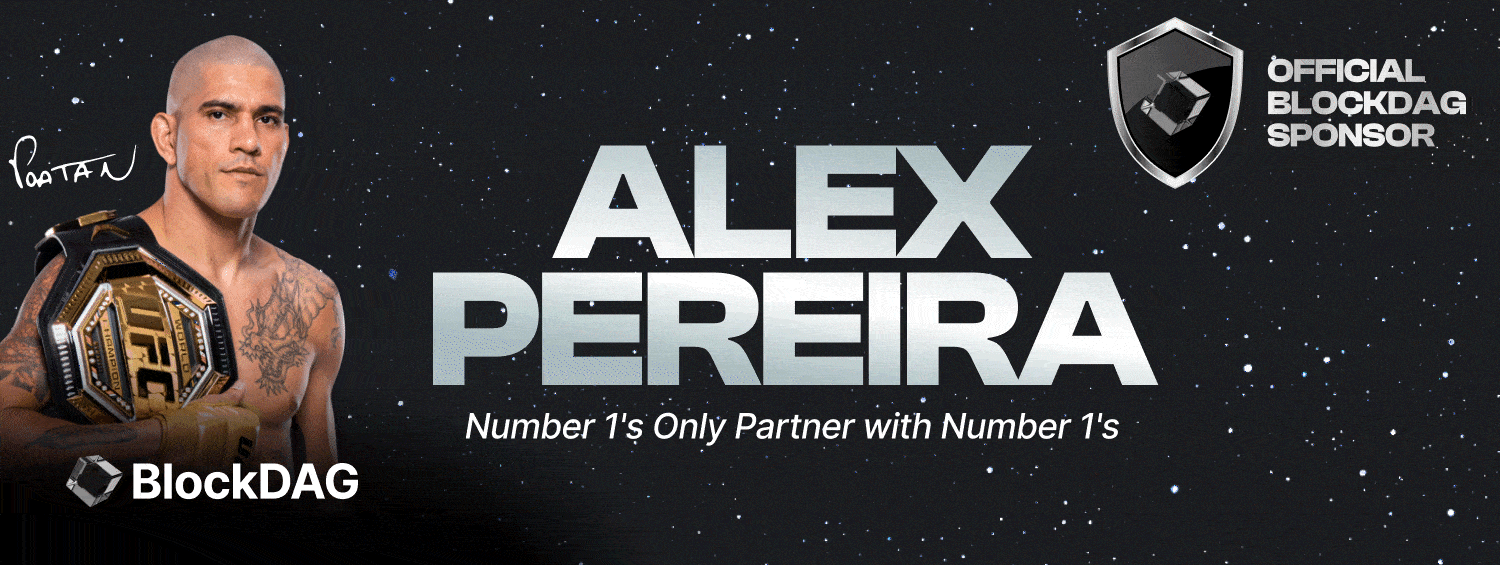Reed’s Law emphasises exponential growth in networks with each new user. Here we explore how this affects cryptocurrency networks and traders.
Key Takeaways:
- Reed’s Law stipulates that the value and utility of cryptocurrency networks exponentially grow as new communities and subgroups emerge, greatly surpassing the linear or square growth models of its predecessors.
- The application of Reed’s Law to cryptocurrencies assumes that the more users engage with a network, the greater its potential for varied and complex group formations, enhancing the network’s intrinsic value.
- Networks with the potential for complex interactions and community building, like Ethereum, offer significant growth opportunities, influencing both developers and traders.
- Reed’s Law is instrumental in the rapid expansion of decentralised finance (DeFi), where increased user engagement leads to a cycle of innovation and growth in financial services — even without traditional financial (TradFi) intermediaries.
- While Reed’s Law provides significant insights into network growth and value, it also faces challenges like the assumption that all network connections are equally valuable, which may not hold true in all scenarios.
Introduction to Reed’s Law
Reed’s Law is a principle that emphasises the exponential growth in the utility or value of cryptocurrency networks as new communities and subgroups emerge. Originally articulated by David P. Reed, this law extends the concepts of Metcalfe’s and Beckstrom’s Laws, which focus on the value of networks based on their size.
Unlike its predecessors that measure value in linear or square terms, Reed’s Law suggests that the potential group formations within a network exponentially grow with each additional user, leading to an explosion in the network’s overall utility.
In essence, Reed’s Law highlights the power of social constructs within networks, proposing that the most significant value of a network lies in its ability to facilitate complex group interactions. This becomes increasingly relevant in today’s digital age, where networks are not just about simple one-to-one connections but the myriad ways in which users can come together to create, share, and innovate.
In this article, we take a closer look at how Reed’s Law affects the cryptocurrency space and how this affects traders and subcommunities like the DeFi space.

Cryptocurrencies and Their Networks
The foundation of any cryptocurrency’s success lies in its network, which is built on the principles of consensus, immutability, and transparency. The value of a cryptocurrency is often linked to the robustness and activity level of its network.
The more active the network, the higher the currency’s potential for utility, security, and, subsequently, value. Networks in the cryptocurrency space are not just transactional; they are platforms for innovation, enabling smart contracts, DeFi applications, and more.
Applying Reed’s Law to Cryptocurrency
Applying Reed’s Law to the cryptocurrency space provides a new perspective on the potential of this global network. As users join a cryptocurrency network, not only do the possibilities for transactional connections increase, but the potential for forming varied and complex groups or communities within the network skyrockets. These groups can range from mining pools and trading circles to DeFi projects and development teams working on network improvements.
This exponential growth in network utility goes beyond mere transaction numbers; it encompasses the creation of decentralised applications (dapps), the formation of governance protocols, and the proliferation of innovative financial products. As such, the application of Reed’s Law underscores a critical aspect of cryptocurrency networks: their value increases disproportionately as more users engage in multifaceted interactions rather than simple, bilateral transactions.
For example, Ethereum‘s network is not just a platform for Ether transactions. It’s a foundation for a vast array of dapps that range from games and social media platforms to financial services, all created by different user groups. This variety enriches the network, making it more valuable with each new project or user.
How Reed’s Law Affects Traders and Developers in the Space
For traders, understanding Reed’s Law in the context of cryptocurrency networks offers a deeper insight into what drives value in the space. It suggests that networks with more potential for complex group interactions and community building might present more significant growth opportunities.
Thus, when considering trading cryptocurrencies, one might consider not only the current network size and transaction volume but also the platform’s capacity to support diverse and innovative user groups.
Developers, on the other hand, can leverage Reed’s Law by focusing on creating tools and features that enhance the network’s ability to support various user group formations. This could mean developing more accessible smart contract templates, enhancing the platform’s scalability, or creating incentives for community-led projects.
Reed’s Law in the DeFi Space
DeFi is a subspace in cryptocurrency and blockchain that aims to create an open, accessible, and versatile financial system. At the heart of DeFi’s explosive growth and its promise to redefine financial services lies the intricate application of Reed’s Law.
This section explores how Reed’s Law, with its focus on the exponential increase in a network’s utility through user connections and group formations, is pivotal in understanding and driving the DeFi revolution.

Growth Through Community and Innovation
DeFi platforms operate on blockchain technology, offering a wide array of financial services, from lending and borrowing to trading and insurance, without the need for traditional financial intermediaries. The essence of Reed’s Law in DeFi is manifested through the rapid expansion of these services, facilitated by the seamless integration and collaboration of users and developers within the network.
As more participants engage with DeFi platforms, not only do the transaction volumes grow, but there’s also a significant increase in the network’s utility brought about by innovative financial products and services. This innovation cycle is self-reinforcing: as the network becomes more valuable, it attracts more users, which in turn spurs further innovation.
Community-Centric Networks and Governance
Reed’s Law illuminates the importance of community in the DeFi space. Many DeFi projects leverage decentralised governance models, allowing users to propose, vote on, and implement changes to the platform. This participatory approach to governance embodies Reed’s Law, as the value of these platforms is directly tied to the active involvement and collaboration of their user base.
Each participant not only contributes to the network’s security and efficiency, but also plays a role in steering the project’s direction, ensuring that the platform evolves in alignment with the community’s needs and values.
The Role of DeFi in Expanding Financial Inclusion
The application of Reed’s Law in DeFi extends beyond technological and financial innovation; it is also about fostering financial inclusion. By enabling permissionless access, DeFi platforms can serve unbanked and underbanked populations, providing them with access to financial services that were previously out of reach.
As these networks grow, the exponential increase in utility can lead to more tailored financial solutions, addressing the diverse needs of global users. This aspect of Reed’s Law highlights the transformative potential of DeFi not just as a technological marvel, but as a tool for social and economic empowerment.
Challenges and Limitations of Applying Reed’s Law to the Cryptocurrency Space
Applying Reed’s Law to cryptocurrencies gives great insights on the benefits of community growth; it also comes with limitations. For example, network growth can increase token value but also lead to scalability issues, potentially slowing down transaction times and increasing costs, which then again could lead to users leaving a network.
Furthermore, the law assumes all connections and groups add equal value, which may not hold in all scenarios, especially in networks with high numbers of speculative or inactive participants.
Nevertheless, by exploring Reed’s Law within the cryptocurrency space, we gain insights into the profound impact of network dynamics on value creation. It highlights the importance of fostering diverse and active communities, driving innovation, and addressing scalability to harness the full potential of cryptocurrency networks.
Conclusion
Reed’s Law offers profound insights into the dynamics of cryptocurrency networks, emphasising the exponential growth in their utility and value as new communities and subgroups emerge. By transcending the limitations of linear or square growth models, Reed’s Law underscores the transformative potential inherent in fostering diverse and active communities within these networks.
The application of Reed’s Law to the cryptocurrency space highlights the key role of community in driving innovation, expanding financial inclusion, and shaping the direction of decentralised platforms like Ethereum and the burgeoning realm of DeFi.
As users engage with these networks, not only do transaction volumes increase, but the growth of dapps and new services also enriches the ecosystem, amplifying its intrinsic value.


























